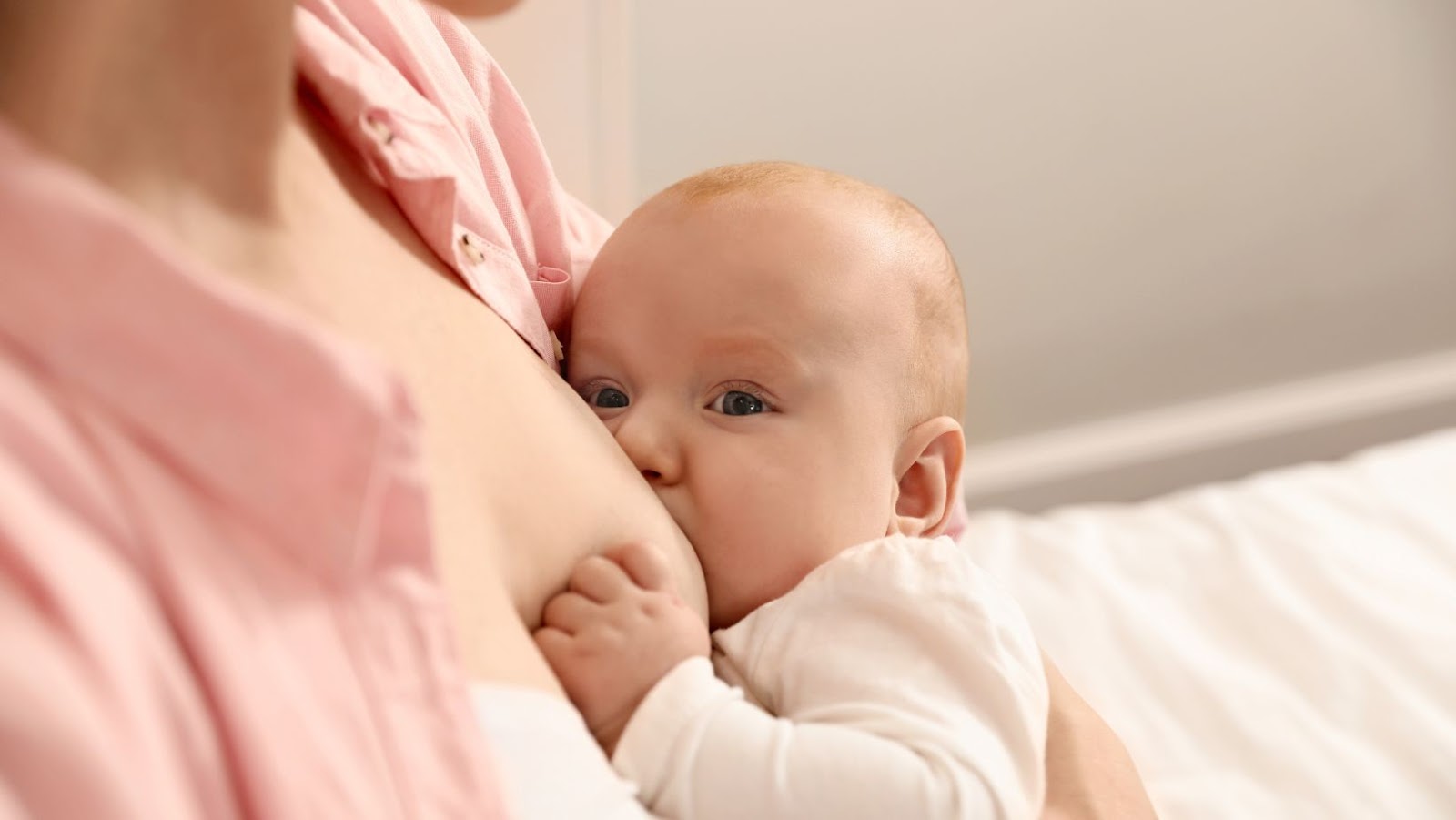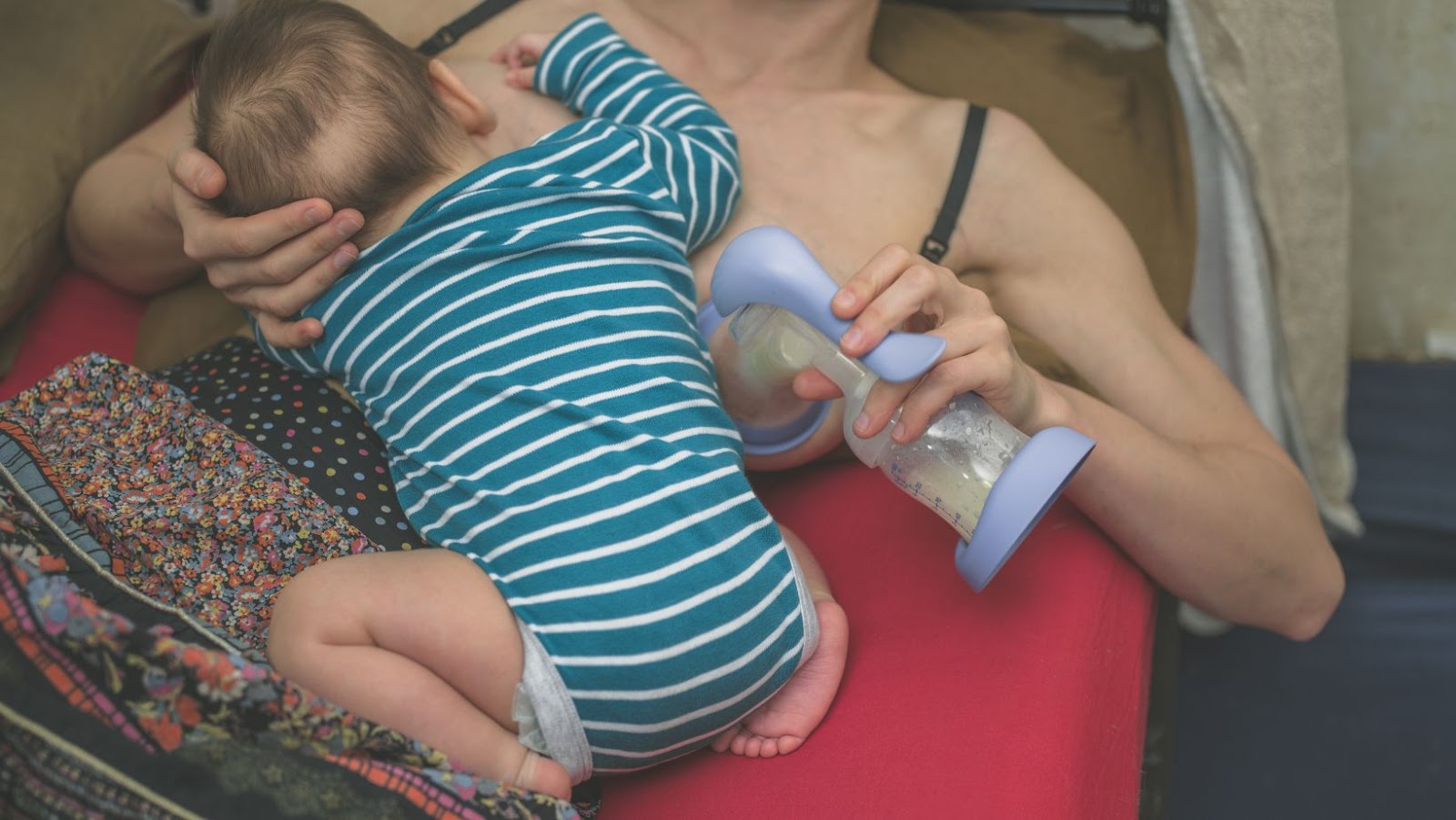If you’re considering getting a nipple piercing and planning on having children in the future, you might be wondering – do nipple piercings prevent breastfeeding? The short answer is no, but there are a few things to consider before going ahead with the piercing.
Research shows that nipple piercings don’t generally impact a woman’s ability to breastfeed. However, it is important to note that the healing process after having a nipple piercing can take several months, and there is a small risk of infection. If you’re planning on having a baby in the near future, it may be best to wait until after you’ve finished breastfeeding to get a nipple piercing.
One potential concern with nipple piercings and breastfeeding is that the jewelry could come loose and pose a choking hazard for the baby. It’s recommended that you remove the jewelry before breastfeeding and be sure to clean the area thoroughly before and after breastfeeding to reduce the risk of infection. It’s also a good idea to wait until your baby is a little older before re-inserting the jewelry, as infants can be unpredictable and may accidentally grab or pull on the jewelry.
 Do Nipple Piercings Prevent Breast Feeding
Do Nipple Piercings Prevent Breast Feeding
Many women who plan on having children wonder if getting their nipples pierced will impact their ability to breastfeed. This is a valid concern, as the placement of the piercing may damage milk ducts and impact the flow of breast milk.
So, do nipple piercings prevent breastfeeding? The answer is not entirely straightforward. Here are a few things to keep in mind:
- A nipple piercing shouldn’t prevent you from breastfeeding altogether. However, it can make things more challenging.
- Piercings can damage milk ducts and nerves in the nipple area and impact milk flow.
- Scar tissue from the piercing may restrict milk flow and reduce milk supply.
- An untreated infection around the piercing area could make it difficult or painful to breastfeed.
It’s also essential to note that the nipple jewelry itself must be removed before breastfeeding to prevent a choking hazard. But, even after removal, the hole left behind by the piercing may leak milk, making nursing more challenging.
Finally, suppose you are considering getting a nipple piercing and plan on having children in the future. In that case, it’s best to wait until you’re done breastfeeding to get the piercing. This way, you can avoid any potential complications altogether.
In short, nipple piercings can impact breastfeeding but don’t necessarily prevent it entirely. However, if you plan on having children and breastfeeding in the future, it’s best to avoid piercings or wait until you’re finished nursing. If you do have a nipple piercing and encounter difficulties with breastfeeding, be sure to contact a lactation consultant or doctor for assistance. Moreover, you can search for a reputable online doctor who is available to attend you at home If you have pain or another problem in this area.

How Nipple Piercings Could Impact Latching
One of the concerns that women with nipple piercings may have is whether the piercing will interfere with their ability to breastfeed. Latching refers to the baby’s ability to attach to the nipple and areola properly and obtain milk from the breast without causing pain to the mother. Here’s how nipple piercings could impact latching:
- Sensitivity: Nipple piercings can increase nipple sensitivity, making the act of latching painful for the mother. The nipples may be too sensitive to handle the pressure or suction from a breastfeeding baby, causing pain and discomfort during the breastfeeding process. However, not all women experience increased sensitivity post-piercing.
- Obstruction: Nipple piercings can become an obstruction in the baby’s mouth, making it difficult for them to obtain milk from the breast. The piercing stud or ring can obstruct the baby’s latch, causing the baby to gag, pull away or chew on the jewelry instead of getting the milk they need.
- Infection: Nipple piercings have the potential to cause infection in the breast tissue, which can lead to inflammation and pain. This can make breastfeeding unpleasant and difficult for both the mother and the baby. Infections in the breast tissue can also lead to blocked mammary ducts, which can cause swelling in the breast, and even mastitis, an inflammatory infection.
- Milk production: Piercings can affect the production of milk, leading to less milk being produced or improper milk flow from the breast. The obstruction caused by the jewelry can prevent the ducts from emptying effectively, causing milk to back up and decrease milk production. This can affect the baby’s ability to feed properly, leading to dehydration or malnutrition.
In conclusion, nipple piercings may impact latching, causing pain and discomfort and making breastfeeding difficult for the mother and baby. Although nipple piercings do not necessarily prevent breastfeeding, they can interfere with the natural process, leading to compromised milk production, milk flow, and the baby’s ability to latch effectively. It’s essential to consult with a lactation consultant and a piercing professional before deciding to breastfeed after getting nipple piercings.
When it comes to nipple piercings, many women wonder if they could impact their ability to breastfeed their baby. While some women are able to breastfeed without issues after piercing their nipples, others report experiencing difficulties due to potential damage caused to the milk ducts or nerves in the nipple area. So, if you’re concerned about maintaining your milk supply and feeding your child, you may want to consider some alternatives to nipple piercings.
One great alternative to nipple piercings is investing in nipple shields. These flexible, silicone disks are designed to be worn over the nipple during breastfeeding, acting as a protective barrier that can help alleviate any pain or sensitivity you may be experiencing. Nipple shields can also make it easier for babies to latch onto the breast, which can be particularly helpful for new mothers.
Another option to consider is breast jewelry that attaches to the clothing instead of the nipple itself. These jewelry pieces can be just as stylish as nipple piercings but won’t pose a risk to your milk ducts or breastfeeding. Additionally, you can always opt for temporary tattoos or henna designs as a way to achieve a similar look without the commitment of a piercing.
Ultimately, the decision to get a nipple piercing should be a personal one. However, it’s important to consider the potential impact it could have on your breastfeeding journey. If you’re uncomfortable with the potential risks, then there are plenty of alternative ways to express your personal style and feel confident in your appearance without sacrificing your ability to breastfeed.


 Do Nipple Piercings Prevent Breast Feeding
Do Nipple Piercings Prevent Breast Feeding